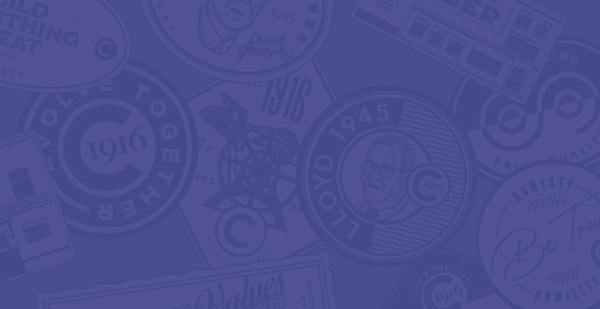Cober Team
In today's rapidly evolving digital landscape, it's easy to assume that print marketing has taken a back seat to its digital counterpart.
However, the truth is that print and digital marketing can work hand in hand to complement each other to build strong and memorable brands. By combining the strengths of both mediums, we can help your business maximize reach and engage with audiences in a comprehensive and impactful way.
Print: Leveraging the tangible power of print
Print marketing, with its physical presence, offers a unique sensory experience that digital channels cannot replicate. Tangible materials such as brochures, sample gift boxes, direct mail, and magazines create lasting impressions. They engage the senses, allowing individuals to physically interact with your brand. Print materials also have a longer shelf life, occupying physical spaces and serving as a constant reminder of your company's brand.
Digital marketing: The power of personalization and interactivity
Digital marketing opens up a world of opportunities for personalized and interactive brand experiences. Through channels such as websites, social media, email marketing, and mobile apps, you can tailor your brand messaging to specific target audiences. You can create dynamic and interactive content, gather valuable data about your consumer's behavior, and engage in real-time conversations. The immediacy and interactivity of digital marketing can foster a deeper level of engagement and help build a sense of community around your brand.
Benefits of combining print and digital
Consistency across channels
One of the key benefits of using both print and digital marketing is the ability to ensure consistency across channels. Brands can maintain a unified visual identity, messaging, and brand voice, regardless of the medium. For example, a well-designed print brochure can drive traffic to a website or social media platform where potential customers can further engage with your brand. By combining the strengths of print and digital, you can reinforce their messaging and increase brand recall.
Cross-Promotion and amplification
Print and digital marketing can work together to amplify brand messages and reach wider audiences. For instance, print postcards and direct mailers can include QR codes or custom URLs that direct users to online content, thereby expanding their reach. Likewise, digital campaigns can be supported by print collateral, driving offline engagement and attracting new customers. The combination of both mediums strengthens your brand exposure and enhances the overall marketing strategy.
"Studies show that consumers are more likely to respond to digital channels and take action after receiving direct mail. Which is important because more people are using ad blockers, especially on their smart phones (more than 50 per cent). The same study shows that millennials are even keener on using ad blockers" says Canada Post.
Measuring and adjusting strategies
Digital marketing provides robust analytics and tracking capabilities that allow businesses to measure the effectiveness of their campaigns. This data-driven approach empowers you to analyze user behavior, track conversions, and make data-informed decisions. By monitoring digital campaigns, businesses can identify successful strategies and adjust their print marketing accordingly, optimizing their overall brand-building efforts.

Print and digital marketing are not mutually exclusive but rather complementary tools for brand building. By leveraging the strengths of each medium, businesses can create a holistic marketing strategy that maximizes brand exposure, engages audiences on multiple fronts, and fosters brand loyalty. In today's interconnected world, successful brands understand the importance of bridging the gap between the physical and digital realms. So, embrace the power of print and digital marketing to unlock new opportunities and build a strong and memorable brand presence.
An article written by Canada Post cites:
People pay 39 per cent more attention to integrated marketing campaigns than to pure digital campaigns, and consumers had 40 per cent higher brand recall when direct mail followed email. People like marketing that is tactile because it takes 21 per cent less mental effort to process direct mail and it prompts a 20 per cent higher motivation response than digital.
How can Cober help?
Cober can help you craft and create a cohesive direct mail campaign that pairs perfectly with your next digital campaign to increase the likelihood that your recipients will pay more attention to it and act on it.
Want to talk with us about how Cober can help with your print and brand strategy?

.jpg)











